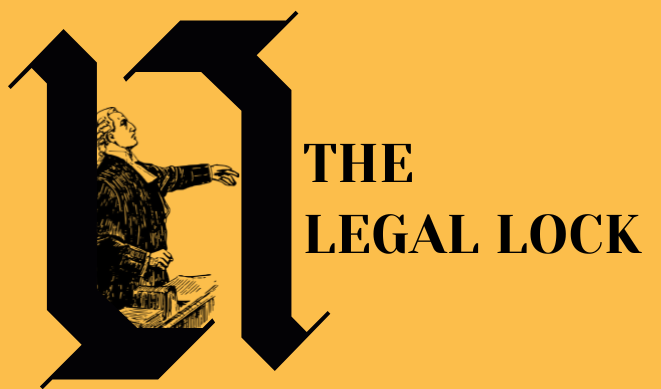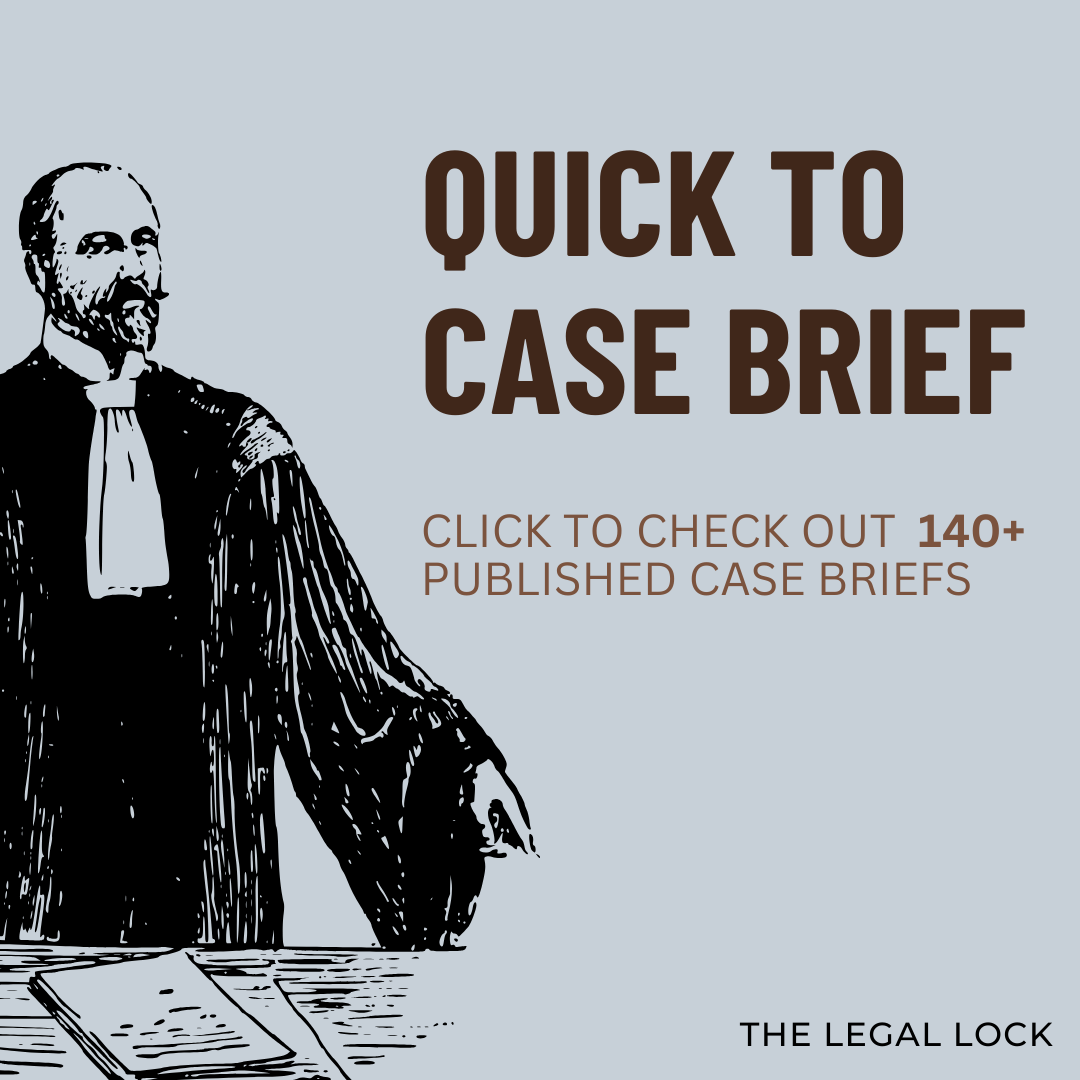Case Summary: People’s Union for Civil Liberties (PUCL) & Another vs. Union of India & Another
Equivalent Citation: AIR 1997 SC 568
Introduction:
Telephone tapping is an infringement on one of an individual’s most cherished possessions: privacy. The right to have a private telephonic conversation in the seclusion of one’s home or business, due to the rising development of extremely sophisticated technology, is susceptible to misuse.
The right to privacy of citizens must be safeguarded against government abuse. As a result, this writ petition was filed under Article 32 of the Constitution, alleging that the State abuses its power over an individual and those police authorities repeatedly violate the Constitution’s fundamental rights.
Facts of the Case:
- The People’s Union for Civil Liberties filed a petition with the Supreme Court, citing recent occurrences of telephone tapping. The petitioner argued that Section 5(2) of the Indian Telegraph Act of 1885 was unconstitutional.
- Alternatively, it is argued that the aforementioned clauses should be appropriately read down to incorporate procedural protections to eliminate arbitrariness and prohibit indiscriminate telephone tapping. The writ suit was submitted in response to the Central Bureau of Investigation’s report on “Tapping of Politicians’ Phones” (CBI).
- The People’s Union of Civil Liberties, a non-profit organization, has filed a public interest appeal under Article 32 of the Indian Constitution, highlighting recent occurrences of telephone tapping.
- The petitioner has challenged the constitutional validity of Section 5(2) of the Indian Telegraph Act, 1885 (the Act), arguing that it should be adequately read-down to contain procedural safeguards to avoid arbitrariness and indiscriminate telephone tapping.
- The writ suit was submitted in response to the Central Bureau of Investigation’s report on “Tapping of Politicians’ Phones” (CBI). Along with the petitioner’s rebuttal, a copy of the report as published in the “Mainstream” volume XXIX dated March 26, 1991, has been placed on record.
- The following MTNL blunders were discovered throughout the investigation. Although authorization letters from various authorized agencies were available for 279 telephone lines, these numbers were not included in MTNL’s list of telephone interceptions for the corresponding period. This demonstrates that the lists provided were incomplete.
- Investigations have also found that numerous authorized agencies are not properly storing information related to telephone interception. Even the interception logbooks aren’t kept up to date by one agency. The grounds for retaining a phone number on the watch list have also been neglected.
Issuers Raised:
- Whether intercepting telephone calls a violation of the Constitution’s Article 19(1)(a) and Article 21? Also, whether a restriction like this covered by Article 19(2) of the Constitution?
- Is Section 5(2) of the Indian Telegraph Act, 1885, both substantively and procedurally constitutional?
Contentions raised by Petitioner:
The Petitioner adamantly argued that the right to privacy is a basic right guaranteed by India’s Constitution under Article 19(1) and Article 21. According to the Petitioner, to avoid Section 5(2) of the Act being found unconstitutional, the clause must be interpreted down to provide enough machinery to protect the right to privacy.
The only safeguard that can eliminate the element of arbitrariness or unreasonableness is prior court sanction — which is ex-parte in nature. It was also argued that the substantive legislation, as well as the procedures outlined within, must be equitable, fair, and reasonable.
Contentions raised by Respondent:
Messages may be intercepted in the interest of India’s security and sovereignty, as well as to deal with any other emergency for the protection of national interest, according to the Respondent. As a result, the central question to be resolved is whether there are sufficient procedural protections in place to prevent the Act’s arbitrary use of power.
It was argued that while Section 5(2) of the Act lays out the conditions/situations that must be met for the authority to be used, the method in which the power must be exercised was not specified. As a result, procedural safeguards—in the absence of prior judicial scrutiny—must be read into Section 5(2) of the Act to protect it from the vice of arbitrariness.
Judgement Passed:
The Court gave the judgement as follows:
- According to Section 5(2) of the Act, only the Home Secretary, the Government of India, and state governments can issue a telephone-tapping order.
- The order requires the person to whom it is addressed to intercept communications detailed in the order while they are being sent through a public telecommunications infrastructure. The person to whom the order is addressed may also be required to disclose the intercepted material to the individuals and in the manner specified in the order.
- To determine the necessity of such an order, it is critical to assess whether the information sought might have been obtained more cost-effectively through other ways.
- The interception required by Section 5(2) of the Act is the interception of communications sent to or from one or more addresses specified in the order, which are likely to be used for the transmission of communications to or from one specific person specified or described in the order, or one specific set of premises specified or described in the order.
- Unless renewed before the end of the two-month term if its continuation is deemed appropriate, the order issued under Section 5(2) of the Act will expire at the end of the two months from the date of issue. The overall duration of the order’s operation shall not exceed six months.
- The use of intercepted material shall be confined to the bare minimum required under Section 5(2) of the Act, and so on.
Case Law(s):
- The Court has interpreted the term “life” as defined by Article 21 of the Constitution, citing Munn v. Illinois, in which Justice Field stated that “life” includes not only the right to continue one’s animal existence but also the right to possess each of one’s parts, such as one’s limbs and legs.
- The Court stated in another landmark case on the concept of privacy and individual liberty as guaranteed by the Constitution that the protection of one’s privacy against arbitrary police intervention is fundamental to a free society. It is enshrined in the “idea of ordered liberty,” and so enforceable against states under the Due Process Clause.
- When examining Section 5(2) of the Act, it is clear that specific situations/conditions must be met for the power to intercept messages/conversations to be legitimately utilized. However, procedural support is required for this power to be applied fairly and reasonably. The procedure must be equitable, fair, and reasonable. In Maneka Gandhi v. UOI, the issue was resolved.
Conclusion:
The right to privacy is an element of the right to “life” and “personal liberty” guaranteed by Article 21 of the Constitution, according to the Court. In every scenario involving the right to privacy, Article 21 is invoked, and this right cannot be reduced unless the procedure prescribed by law is followed.







1 thought on “People’s Union of Civil Liberties (PUCL) v. Union of India”